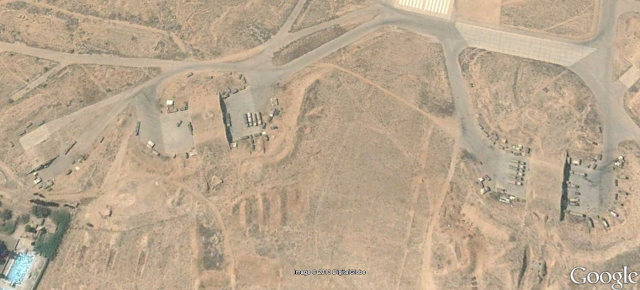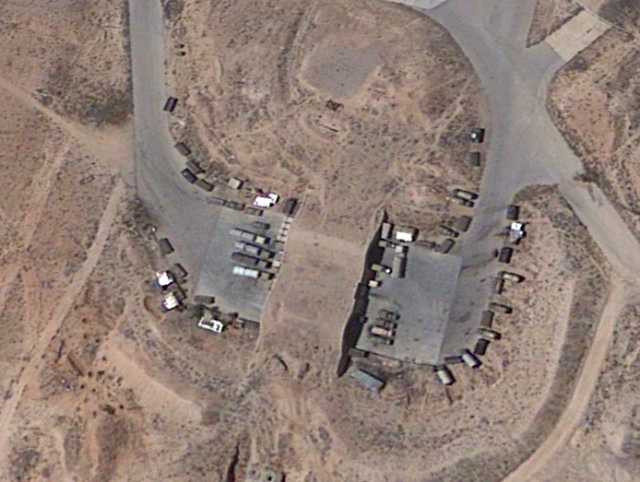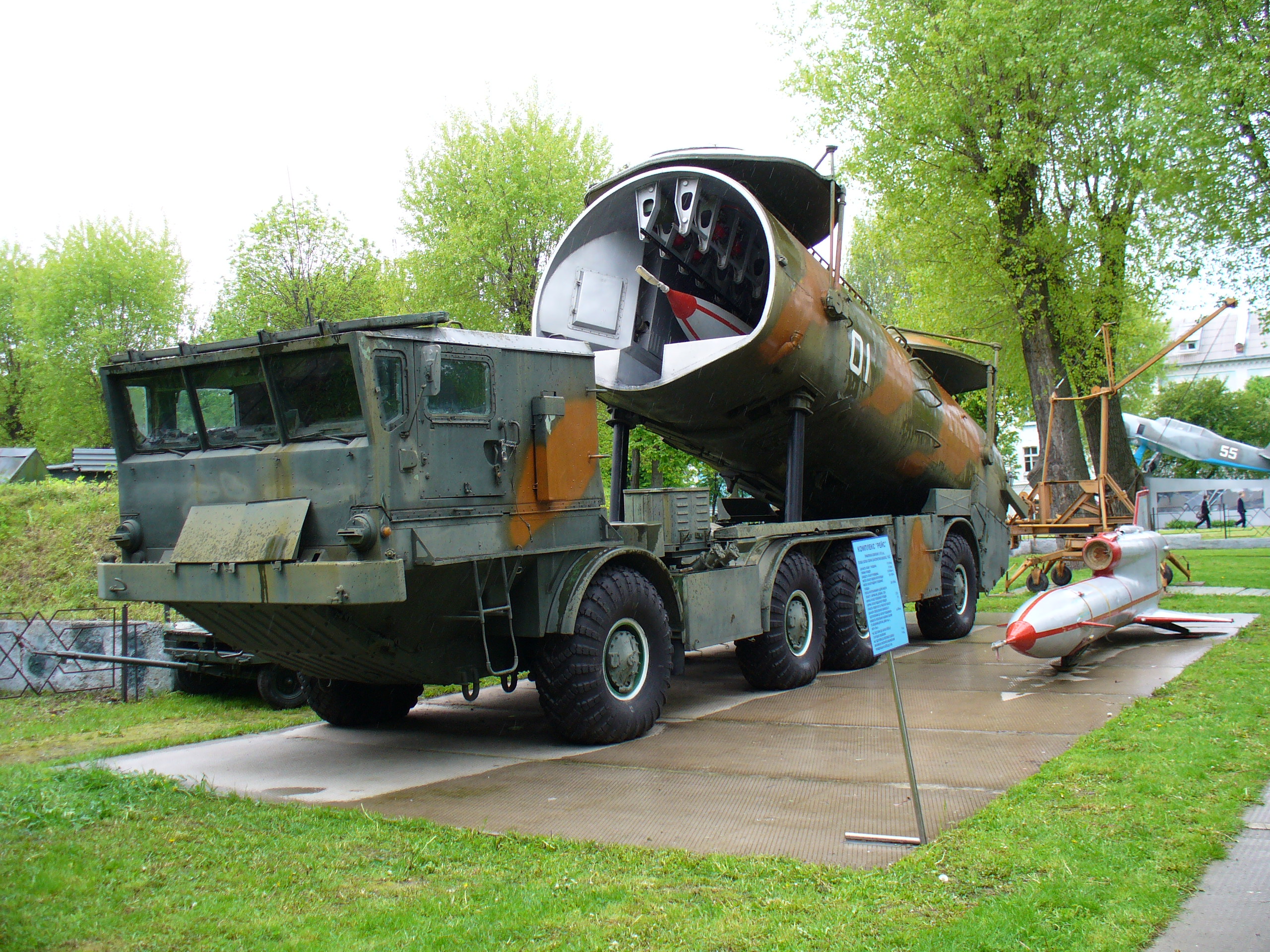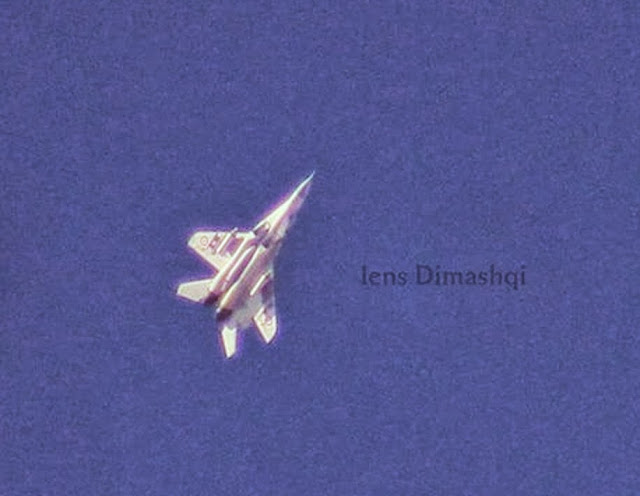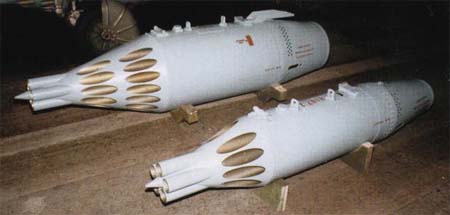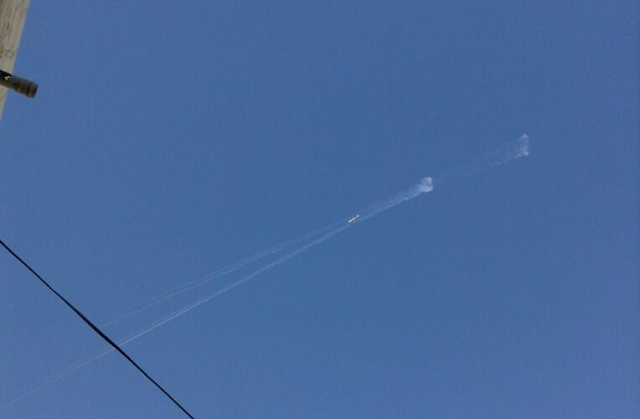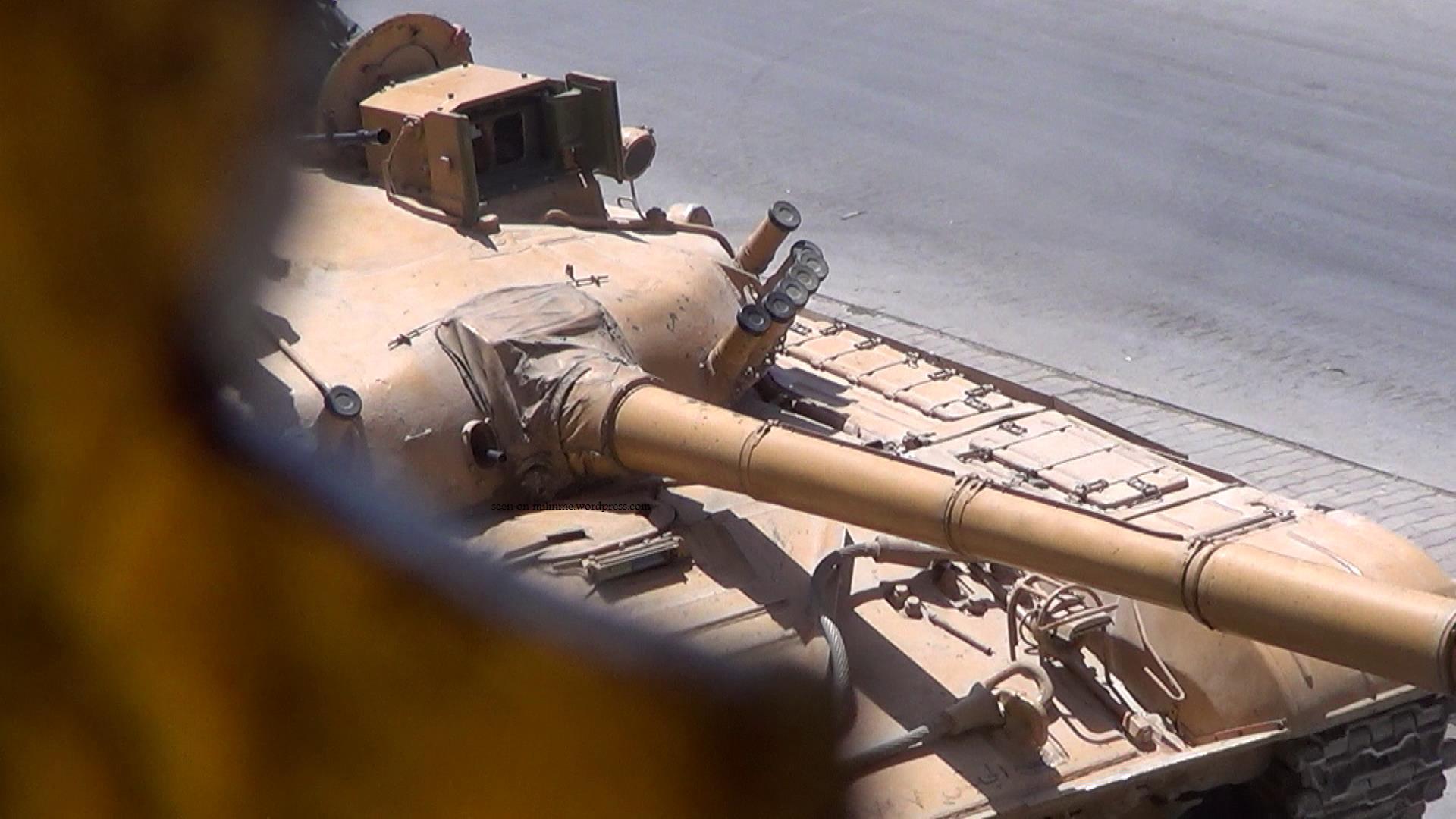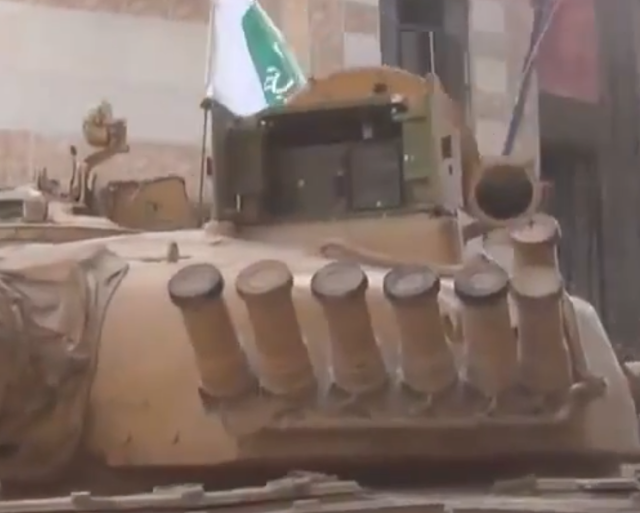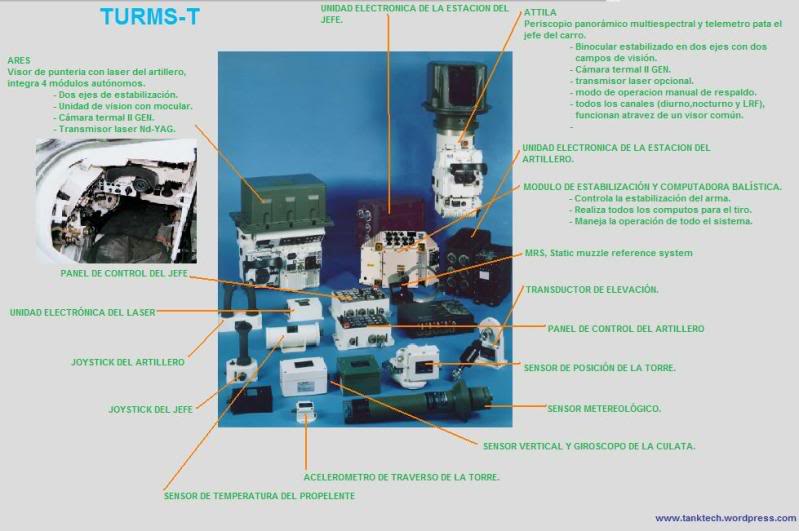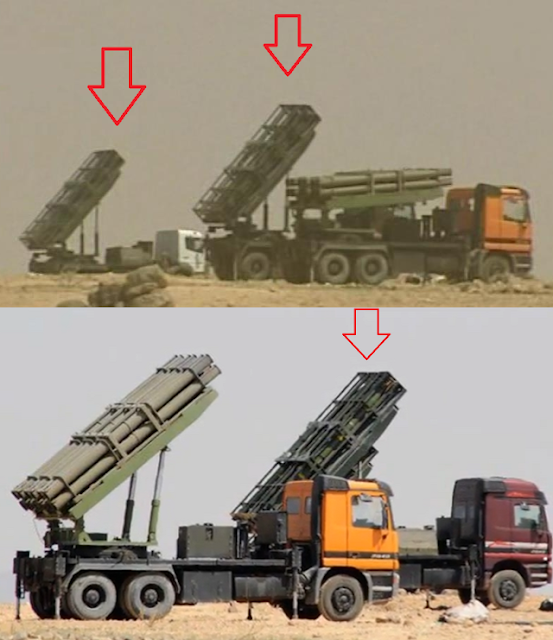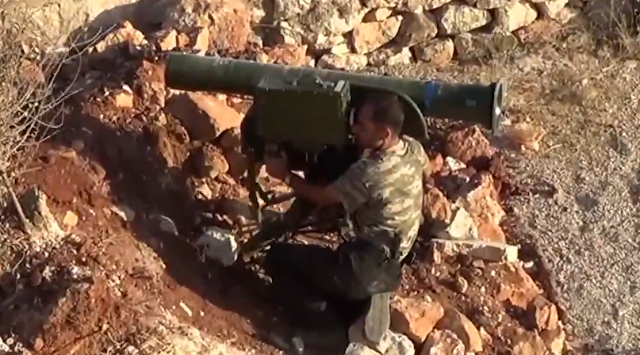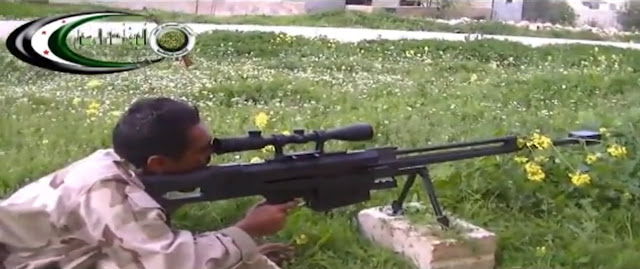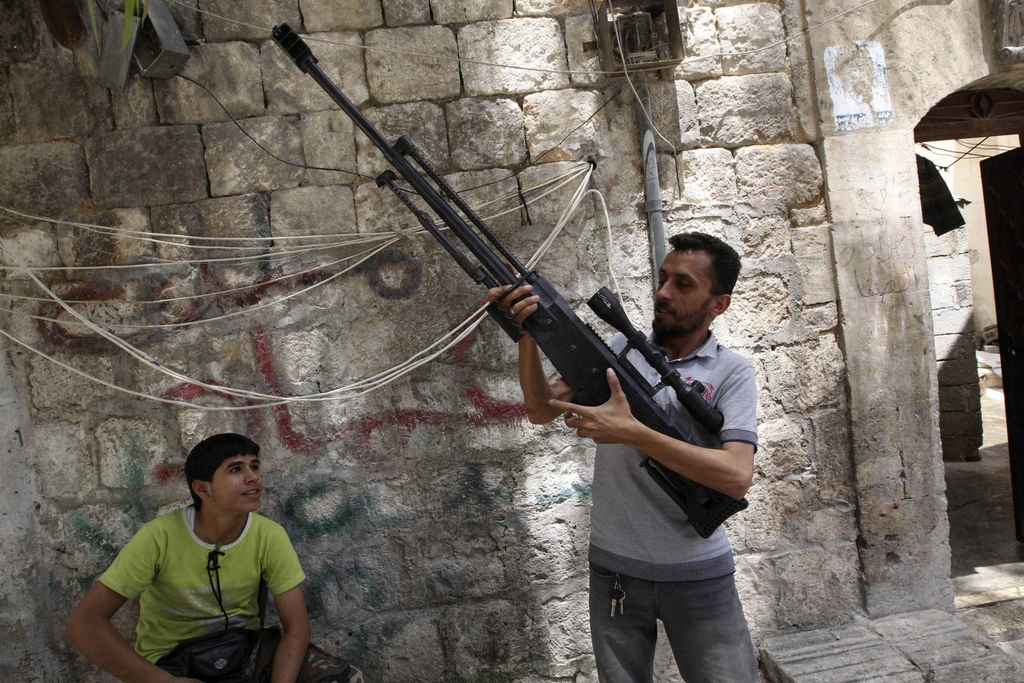BLACKEAGLE
ELITE MEMBER

- Joined
- May 9, 2007
- Messages
- 10,919
- Reaction score
- 2
- Country
- Location
Syria and her recently upgraded Su-24's
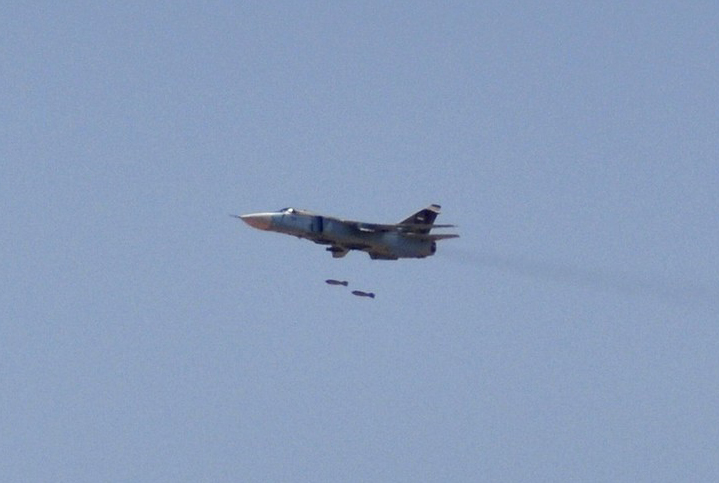
The Su-24 represents the most modern and main strike element of the Syrian Arab Air Force (SyAAF). They have taken an active part in the Syrian civil war since November 2012. While most of the SyAAF attack aircraft are already worn out and struggling to cope with the high demands, the Su-24's just received a full factory overhaul in Russia, ensuring they can maintain a high operational tempo.
Syria received a total of twenty-two Su-24's since 1990. Twenty Su-24MK's were ordered from the Soviet Union in 1988 and delivered in 1990. One Su-24MK and one Su-24MR were donated by Libya in the mid 90's. However, one Su-24 has already been lost in Syrian Civil War, bringing the total inventory down to twenty-one aircraft.
The fleet equips 819 squadron based at T4 in the middle of Syria with a few planes being detached to Seen in the South.

The MK version Syria received was a downgraded variant of the Su-24M, the M being built for the Soviet Union and the MK for export customers like Algeria, Iraq, Iran, Libya and Syria. The Su-24MR is a reconnaissance aircraft with no provision for bombs, but with two panoramic cameras and a side-looking radar installed instead of the attack radar and the laser/TV system on the Su-24M.
The single Su-24MR aircraft was acquired via Libya. This country was unable to maintain her six Su-24's on her own because of the imposed arms embargo. Being unable to acquire spare sparts from Russia, Libya sought help elsewhere. Syria and Iran were quick to help out and the fleet remained operational by help from these two countries. At the same time, both Syria and Iran attempted to convince Libya to sell the six Su-24's to them, this without success. As a 'thank you' for the Syrian help, the Libyans donated two Su-24's to Syria. One of them being the MK version while the other was a MR.

Although little known to the public, the whole Syrian Su-24MK fleet was upgraded to MK2 level in the past years. All twenty-one Su-24MK's were upgraded to MK2 standard, with the single Su-24MR not being upgraded. The MK2 upgrade brings the Su-24's on the same standard as the Algerian Su-24MK2's and the Russian Su-24M2's. The upgrade provides for improved targeting, navigation and fire control systems by replacing the plane's old control systems. The plane is also being made compatible with newer versions of the KAB-500/1500's and for Kh-31A's, Kh-31P's, Kh-59's and R-73's.
The contract was signed in 2009 and work started in 2010, with the upgrade on all the planes being completed in 2012. More than half of the twenty-one upgraded Su-24's made it back to Syria without any problems, but up to ten of them weren't so lucky and were still stuck at Rzhev last autumn.
However, given the importance of Su-24MK2's to SyAAF, Assad regime must have done its utmost to recover its most advanced attack aircraft sitting idly in Russia. According to a source that wants to remain anonymous, the SyAAF was already working to have them delivered a year ago. This of course being a strict violation of the arms embargo.
The example of the well-known Mi-25 deal shows that after the Russian ship carrying overhauled helicopters to Syria was forced to turn back because of the imposed embargo, those Mi-25's were nevertheless delivered to Syria in a covert deal.
The lack of publicity on the Su-24MK2 deal should have only made the delivery easier, so we may safely assume that the aircraft most likely have already made it back to Syria. New satellite photos of Rzhev can make that clear when they come up on Google Earth or other services.

The Syrian Su-24's are flying mainly in Idlib and Hama, but also occasionally in places like Deir ez-Zor and Rif Dimasqh. Their use has been increasing with the fleet of MiG-23BN's and Su-22's being as good as spent and in need of a 'brake' to recover. Thanks to this, the Su-24 secured its place as the most important asset in the SyAAF inventory.
On the 28th of November 2012, a SyAAF Su-24MK2 was shot downnear Daarat Azzah town in the Aleppo Governorate, making it the first loss of a Su-24 in the conflict:

A Free Syrian Army fighter walks past the remnants of a downed Su-24MK2. Daarat Azzah, 28 November 2012.
The SyAAF also used her Su-24's to test the British Air Defence around Cyprus on the 2nd of September and the Turkish Air Defence on the 5th of October. A military intervention would likely have been carried out from Akrotiri, Cyprus. This would be a logical target for the SyAAF, hence the testing of the British reaction time.
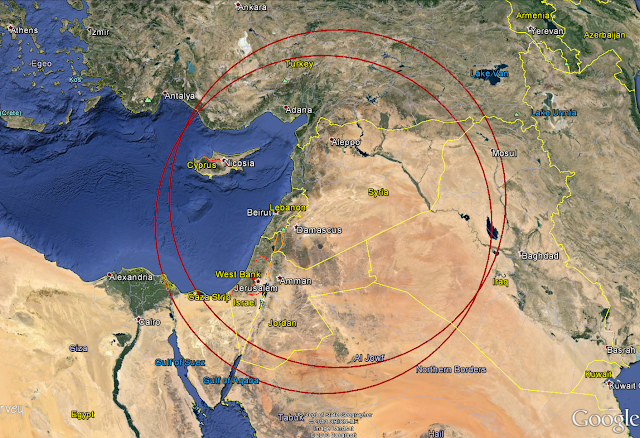
The 560 km range rings represent the combat radius of a Su-24 on low-level flight profile from T4 and Seen. Greater ranges can be achieved at high altitude.

Apart from the obvious FAB, OFAB and RBK bombs, the Syrian Su-24's are also being armed with Kh-23's Kh-25's, Kh-29L's, Kh-29T's, Kh-31's, Kh-58's, KAB-500's and KAB-1500's. Carriage of S-24 and S-25 air to ground rockets, along with the air to air missile R-60 is rather rare. Although possible, carriage of unguided rocket pods is non-existent.
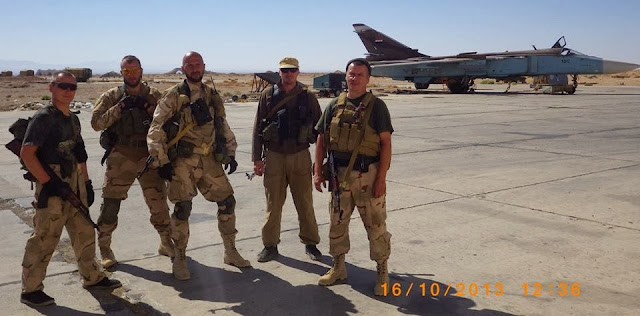


The Su-24 represents the most modern and main strike element of the Syrian Arab Air Force (SyAAF). They have taken an active part in the Syrian civil war since November 2012. While most of the SyAAF attack aircraft are already worn out and struggling to cope with the high demands, the Su-24's just received a full factory overhaul in Russia, ensuring they can maintain a high operational tempo.
Syria received a total of twenty-two Su-24's since 1990. Twenty Su-24MK's were ordered from the Soviet Union in 1988 and delivered in 1990. One Su-24MK and one Su-24MR were donated by Libya in the mid 90's. However, one Su-24 has already been lost in Syrian Civil War, bringing the total inventory down to twenty-one aircraft.
The fleet equips 819 squadron based at T4 in the middle of Syria with a few planes being detached to Seen in the South.

The MK version Syria received was a downgraded variant of the Su-24M, the M being built for the Soviet Union and the MK for export customers like Algeria, Iraq, Iran, Libya and Syria. The Su-24MR is a reconnaissance aircraft with no provision for bombs, but with two panoramic cameras and a side-looking radar installed instead of the attack radar and the laser/TV system on the Su-24M.
The single Su-24MR aircraft was acquired via Libya. This country was unable to maintain her six Su-24's on her own because of the imposed arms embargo. Being unable to acquire spare sparts from Russia, Libya sought help elsewhere. Syria and Iran were quick to help out and the fleet remained operational by help from these two countries. At the same time, both Syria and Iran attempted to convince Libya to sell the six Su-24's to them, this without success. As a 'thank you' for the Syrian help, the Libyans donated two Su-24's to Syria. One of them being the MK version while the other was a MR.

Although little known to the public, the whole Syrian Su-24MK fleet was upgraded to MK2 level in the past years. All twenty-one Su-24MK's were upgraded to MK2 standard, with the single Su-24MR not being upgraded. The MK2 upgrade brings the Su-24's on the same standard as the Algerian Su-24MK2's and the Russian Su-24M2's. The upgrade provides for improved targeting, navigation and fire control systems by replacing the plane's old control systems. The plane is also being made compatible with newer versions of the KAB-500/1500's and for Kh-31A's, Kh-31P's, Kh-59's and R-73's.
The contract was signed in 2009 and work started in 2010, with the upgrade on all the planes being completed in 2012. More than half of the twenty-one upgraded Su-24's made it back to Syria without any problems, but up to ten of them weren't so lucky and were still stuck at Rzhev last autumn.
However, given the importance of Su-24MK2's to SyAAF, Assad regime must have done its utmost to recover its most advanced attack aircraft sitting idly in Russia. According to a source that wants to remain anonymous, the SyAAF was already working to have them delivered a year ago. This of course being a strict violation of the arms embargo.
The example of the well-known Mi-25 deal shows that after the Russian ship carrying overhauled helicopters to Syria was forced to turn back because of the imposed embargo, those Mi-25's were nevertheless delivered to Syria in a covert deal.
The lack of publicity on the Su-24MK2 deal should have only made the delivery easier, so we may safely assume that the aircraft most likely have already made it back to Syria. New satellite photos of Rzhev can make that clear when they come up on Google Earth or other services.

The Syrian Su-24's are flying mainly in Idlib and Hama, but also occasionally in places like Deir ez-Zor and Rif Dimasqh. Their use has been increasing with the fleet of MiG-23BN's and Su-22's being as good as spent and in need of a 'brake' to recover. Thanks to this, the Su-24 secured its place as the most important asset in the SyAAF inventory.
On the 28th of November 2012, a SyAAF Su-24MK2 was shot downnear Daarat Azzah town in the Aleppo Governorate, making it the first loss of a Su-24 in the conflict:

A Free Syrian Army fighter walks past the remnants of a downed Su-24MK2. Daarat Azzah, 28 November 2012.
The SyAAF also used her Su-24's to test the British Air Defence around Cyprus on the 2nd of September and the Turkish Air Defence on the 5th of October. A military intervention would likely have been carried out from Akrotiri, Cyprus. This would be a logical target for the SyAAF, hence the testing of the British reaction time.

The 560 km range rings represent the combat radius of a Su-24 on low-level flight profile from T4 and Seen. Greater ranges can be achieved at high altitude.

Apart from the obvious FAB, OFAB and RBK bombs, the Syrian Su-24's are also being armed with Kh-23's Kh-25's, Kh-29L's, Kh-29T's, Kh-31's, Kh-58's, KAB-500's and KAB-1500's. Carriage of S-24 and S-25 air to ground rockets, along with the air to air missile R-60 is rather rare. Although possible, carriage of unguided rocket pods is non-existent.


Last edited:




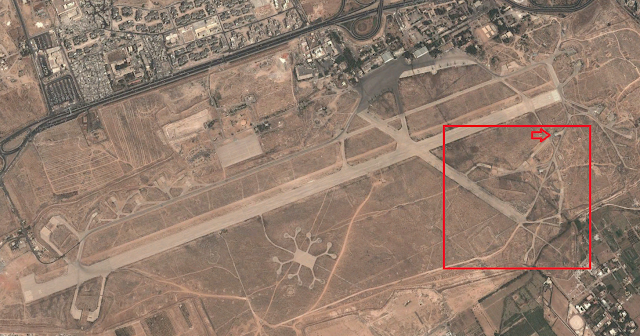







 and why do you care about SAAF?
and why do you care about SAAF?


